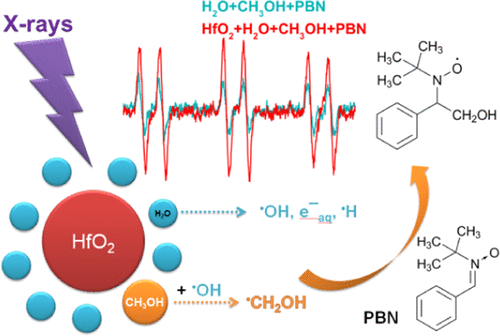
Currently, the treatment of cancer is one of the main problems of medicine. In many cases, radiation therapy is used to treat cancer, and in some cases it is the only effective option. The combination of radiation therapy with radiosensitizing drugs can improve the effectiveness of treatment. This approach is most promising for X-ray irradiation with energies from 10 to
100 keV. Within the framework of this direction, systematic comprehensive studies of the mechanisms of radiation-chemical processes in systems containing nanosensitizers, the influence of radiation energy and composition of the medium, as well as the nature, concentration, size, shape and properties of the surface of these nanomaterials on their radiosensitizing ability are carried out. The main goal is the development and optimization of new promising nanomaterials based on metal and oxide particles using the original method of radiation-chemical modification of the surface of nanoparticles by macromolecules. As the main method of modeling radiation-chemical processes, the spin trap method is used, based on the quantitative determination of radicals using EPR spectroscopy, as well as Monte Carlo calculations and gel electrophoresis (together with Burnazyan FMBC and IPCE Russian Academy of Science. ).
Key publications:
Shiryaeva, E.S., Baranova, I.A., Kiselev, G.O., Morozov, V.N., Belousov, A.V., Sherstiuk, A.A., Kolyvanova, M.A., Krivoshapkin, P.V., Feldman, V.I. Hafnium oxide as a nanoradiosensitizer under x-ray irradiation of aqueous organic systems: A model study using the spin-trapping technique and monte carlo simulations // Journal of Physical Chemistry C, 2019, 123 (45), 27375-27384. . DOI: 10.1021/acs.jpcc.9b08387
